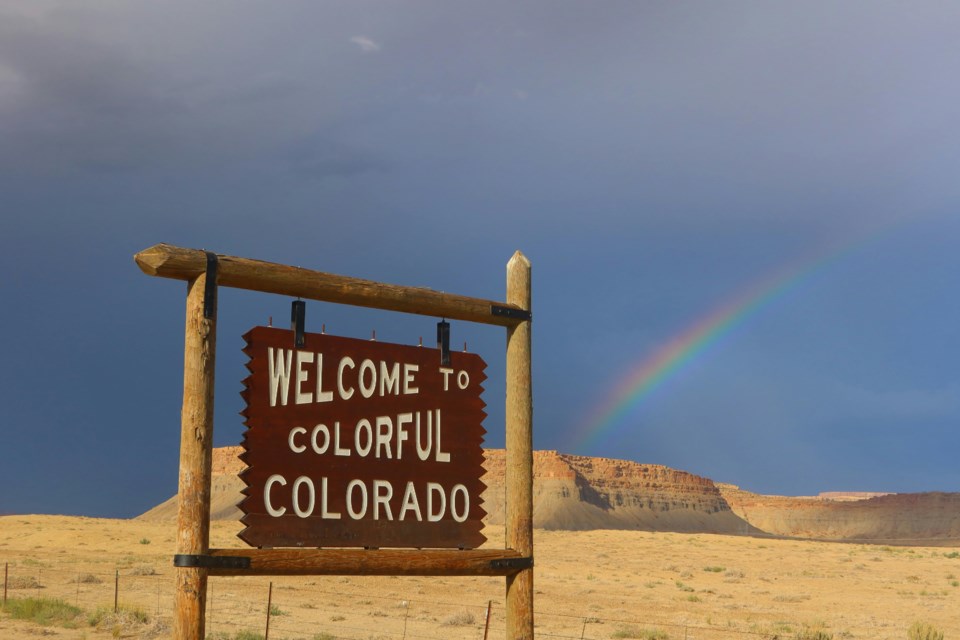Friday marks 160 years since the Sand Creek Massacre, a dark chapter in Colorado's history.
On November 29, 1864, over 230 Cheyenne and Arapaho people were killed in an unprovoked attack.
This tragic event remains a painful reminder of the cost of progress at the expense of Indigenous lives.
Tragedy at Sand Creek
The Sand Creek Massacre took place on the Eastern Plains of Colorado near Big Sandy Creek.
Cheyenne and Arapaho families, who believed they were under U.S. protection, were attacked by soldiers.
More than 230 people died that day, most of them women, children, and elders.
The soldiers ignored clear signs of peace, including a white flag and an American flag raised by the camp.
The massacre was brutal and indiscriminate, forever changing the lives of the Cheyenne and Arapaho people and leaving a stain on Colorado’s history.
Legacy of Betrayal
The massacre followed years of broken promises and false assurances from the U.S. government.
The Cheyenne and Arapaho were told they would be safe if they registered as friendly tribes. Instead, they were betrayed and attacked.
After the massacre, surviving members of the tribes were forced to leave Colorado.
They were relocated to reservations in Oklahoma, where they live to this day.
The lands they once called home were developed into towns and cities, including Denver and Boulder, at the cost of Indigenous displacement.
Efforts Toward Healing
Efforts to acknowledge and heal from the tragedy are ongoing.
In Boulder, tribal leaders and the city are working together to reimagine the history of Fort Chambers, a site tied to the massacre.
Plans include creating healing trails and spaces for reflection.
The Sand Creek Massacre National Historic Site is another significant place for remembrance.
Descendants of the victims gather there for events like the Sand Creek Massacre Spiritual Healing Run.
These initiatives aim to honor those who were lost and educate future generations about the atrocities of the past.
While 160 years have passed, the Sand Creek Massacre remains a somber reminder of injustice.
It is a story of pain and loss, but also of resilience and efforts to seek healing.
Today, remembering the events is essential to understanding Colorado’s history and building a future that honors the truth.



